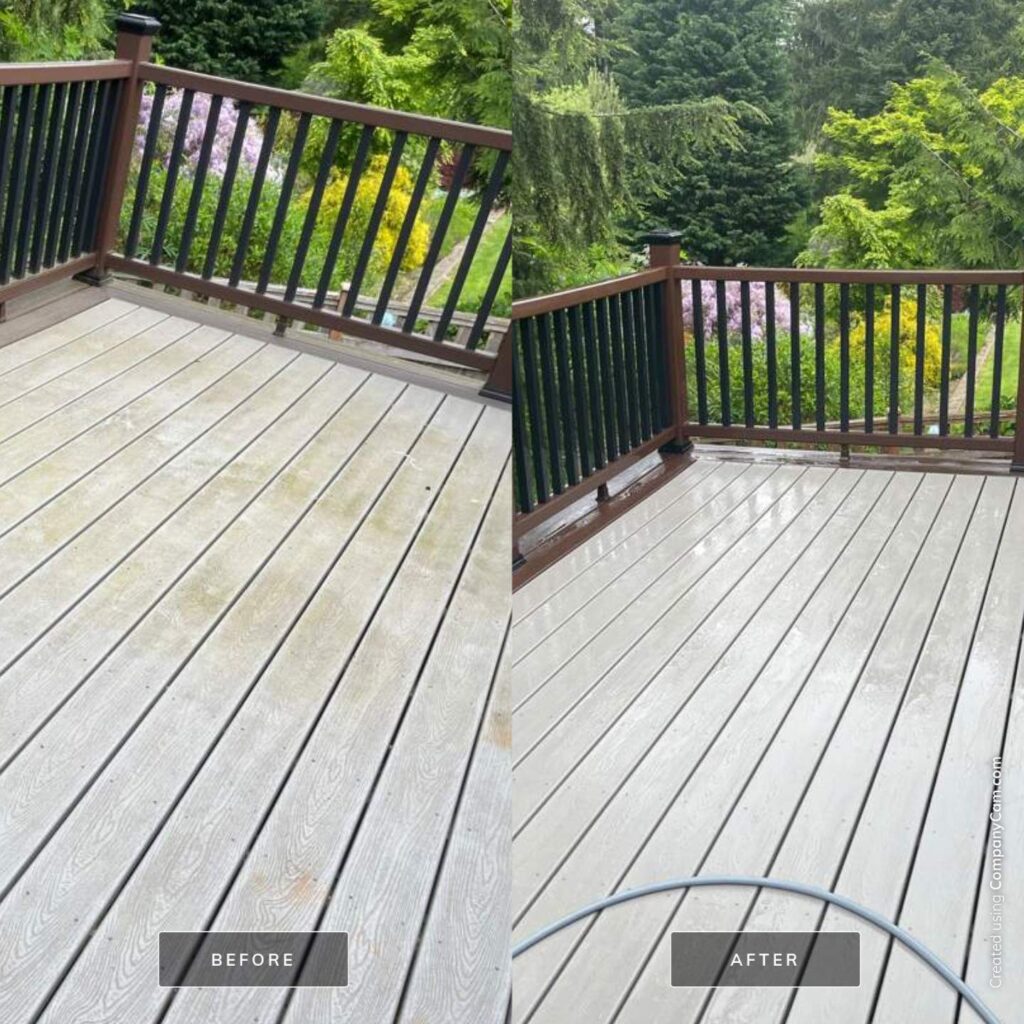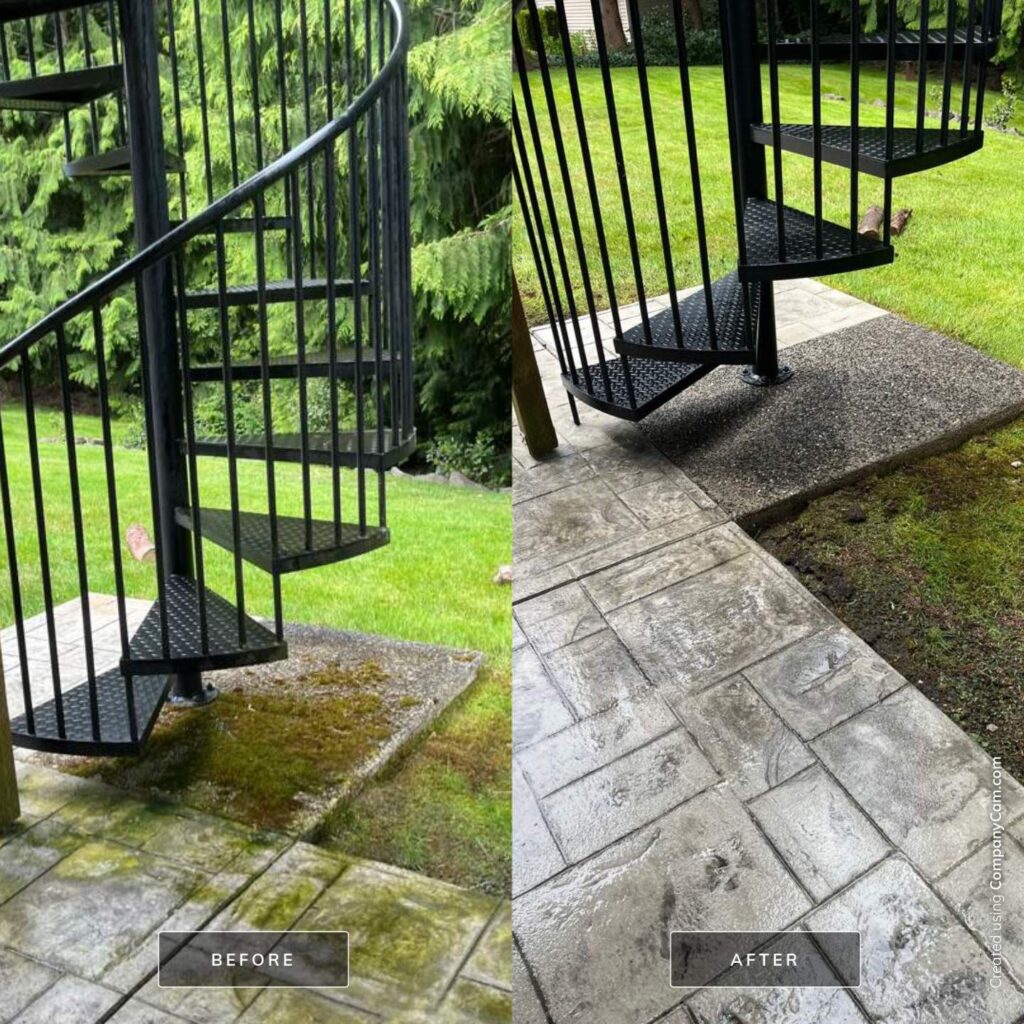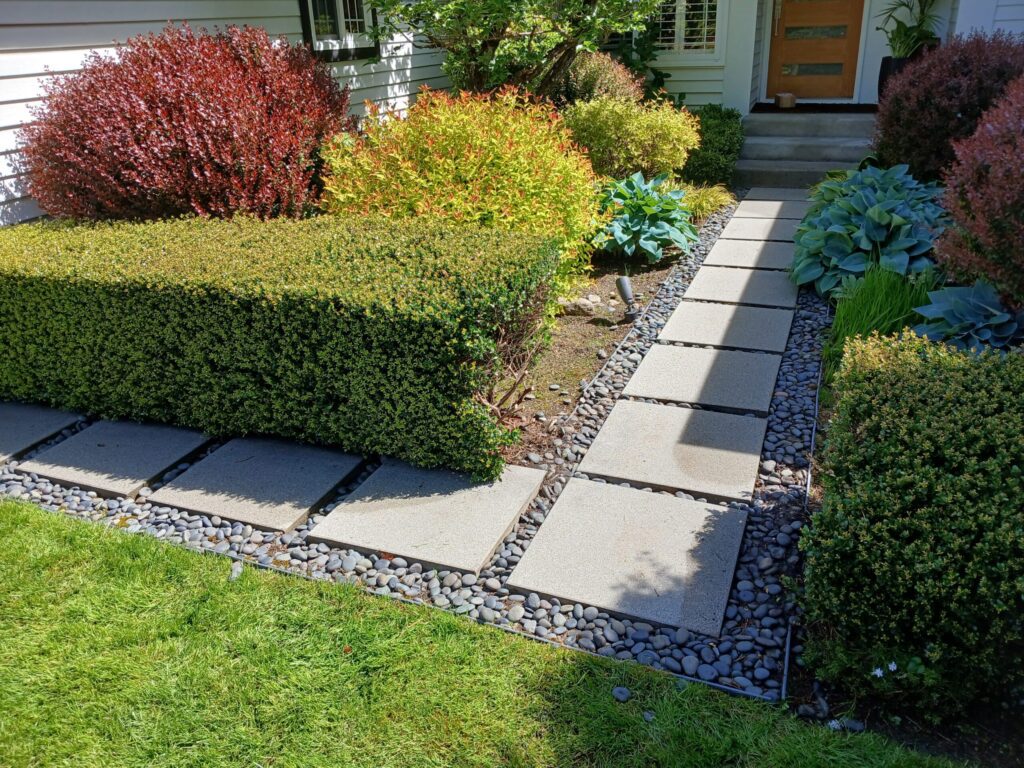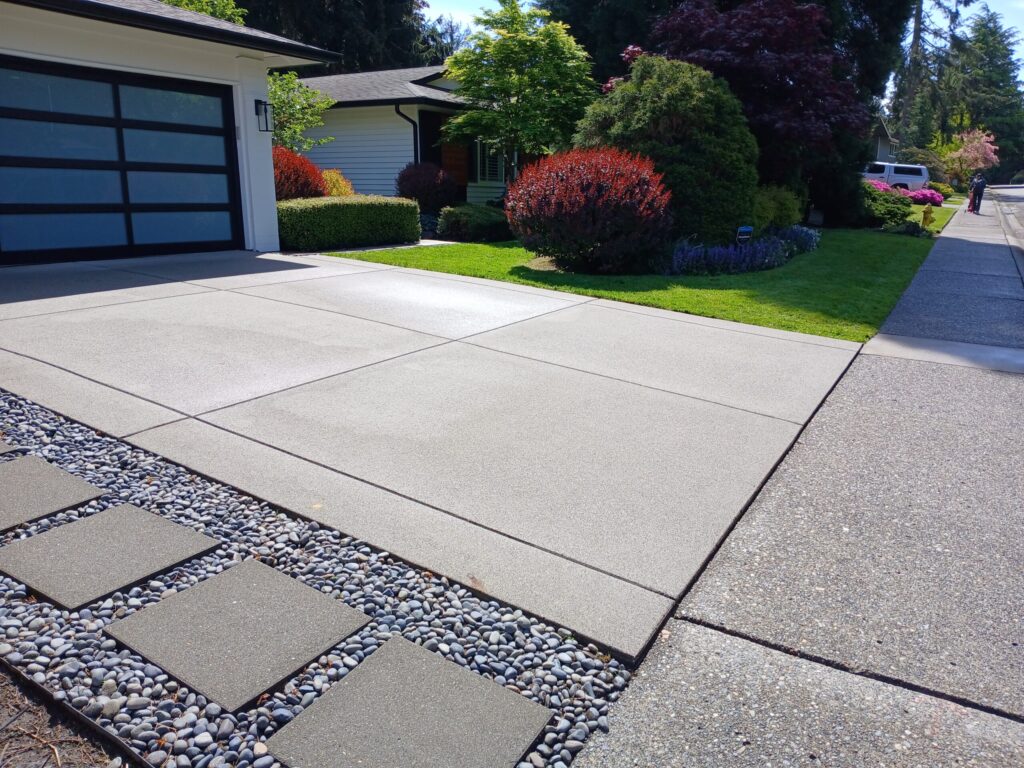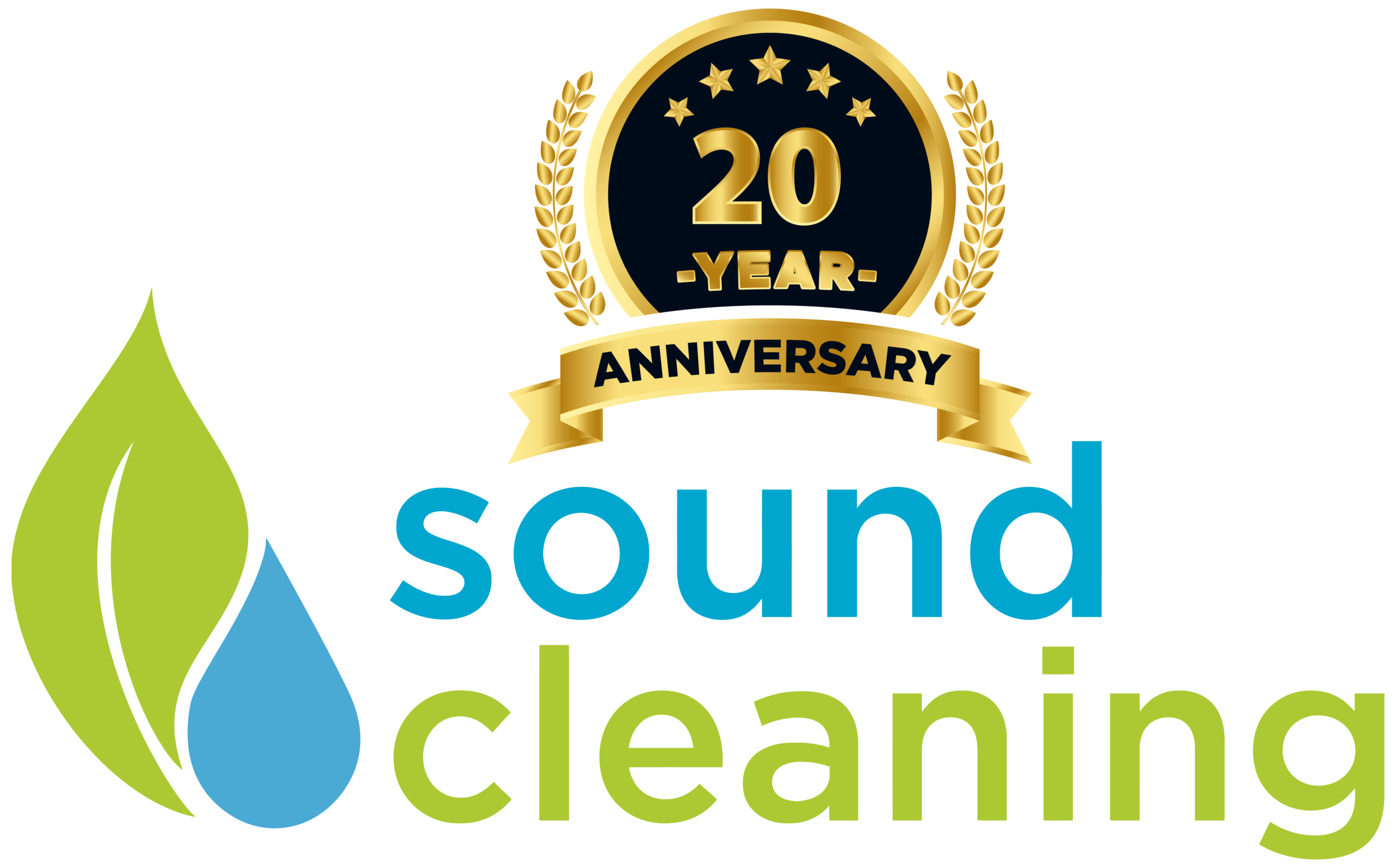What Can (and Can’t) Be Pressure Washed? A Surface-by-Surface Guide
05.13.25
Pressure washing is one of the fastest and most effective ways to clean outdoor surfaces—but not everything is built to withstand the force of high-pressure water. Knowing what can and can’t be pressure washed is crucial if you want to protect your home or business from costly damage.
In this surface-by-surface guide, we’ll break down where pressure washing is safe, where it requires caution, and where it should be avoided altogether.
✅ Safe to Pressure Wash
1. Concrete Driveways & Sidewalks
- Why it’s safe: Concrete is extremely durable and can handle high pressure.
- Pro tip: Use a surface cleaner attachment for streak-free results.
2. Brick and Stone Patios (Mortar in Good Condition)
- Why it’s safe: Natural stone and solid bricks can withstand pressure, but…
- Watch out for: Crumbling or old mortar—it may need a gentler touch.
3. Vinyl Siding
- Why it’s safe: Most vinyl siding is built to resist water.
- Pro tip: Use a wide-angle nozzle and keep the wand at least 12 inches away to avoid warping.
4. Fences (Vinyl, Aluminum, or Pressure-Treated Wood)
- Why it’s safe: These materials are commonly pressure washed.
- Caution: Always test a small area first—older fences may be more fragile than they appear.
5. Decks (Sealed Wood or Composite)
- Why it’s safe: Pressure washing helps remove mold, algae, and dirt.
- Pro tip: Use a low-pressure setting and fan tip nozzle to avoid gouging the wood.
⚠️ Use Caution or Professional Help
6. Asphalt Roofs
- Risk: High-pressure water can strip granules and shorten the roof’s lifespan.
- Alternative: Use soft washing—a low-pressure method combined with cleaning solutions.
7. Older Painted Surfaces
- Risk: Pressure can strip or chip paint unintentionally.
- Pro tip: Consider low-pressure washing or hand cleaning.
8. Windows & Glass Doors
- Risk: Glass can crack or shatter under high pressure.
- Solution: Use a low-pressure nozzle and hold the wand at a distance—or hand-clean.
9. Outdoor Electrical Panels & Light Fixtures
- Risk: Water intrusion can be dangerous.
- Recommendation: Cover these areas or clean them manually.
❌ Do Not Pressure Wash
10. Vehicles
- Why not: Pressure can strip paint, damage trim, or force water into seals.
- Alternative: Use a touchless car wash or hand-washing method.
11. Air Conditioning Units
- Why not: Delicate fins and components can bend or break.
- Safe method: Use a garden hose and soft brush for cleaning.
12. Lead-Painted Surfaces
- Why not: Pressure washing can release hazardous lead dust into the air.
- Solution: Consult a lead-safe certified professional.
🧼 Final Tips for Safe Pressure Washing
- Always test a small, inconspicuous area first.
- Use the appropriate nozzle and pressure level for each surface.
- When in doubt, call a professional—especially for roof cleaning or delicate materials.
💡 Need Help With Your Pressure Washing Project?
At Sound Cleaning Resources, we offer expert pressure washing services tailored to your surface type and property needs. Whether it’s restoring your driveway, cleaning a commercial storefront, or safely washing siding, we’ve got you covered.
